Home>Home Appliances>Kitchen Appliances>How Do You Dry Mango In A Dehydrator?
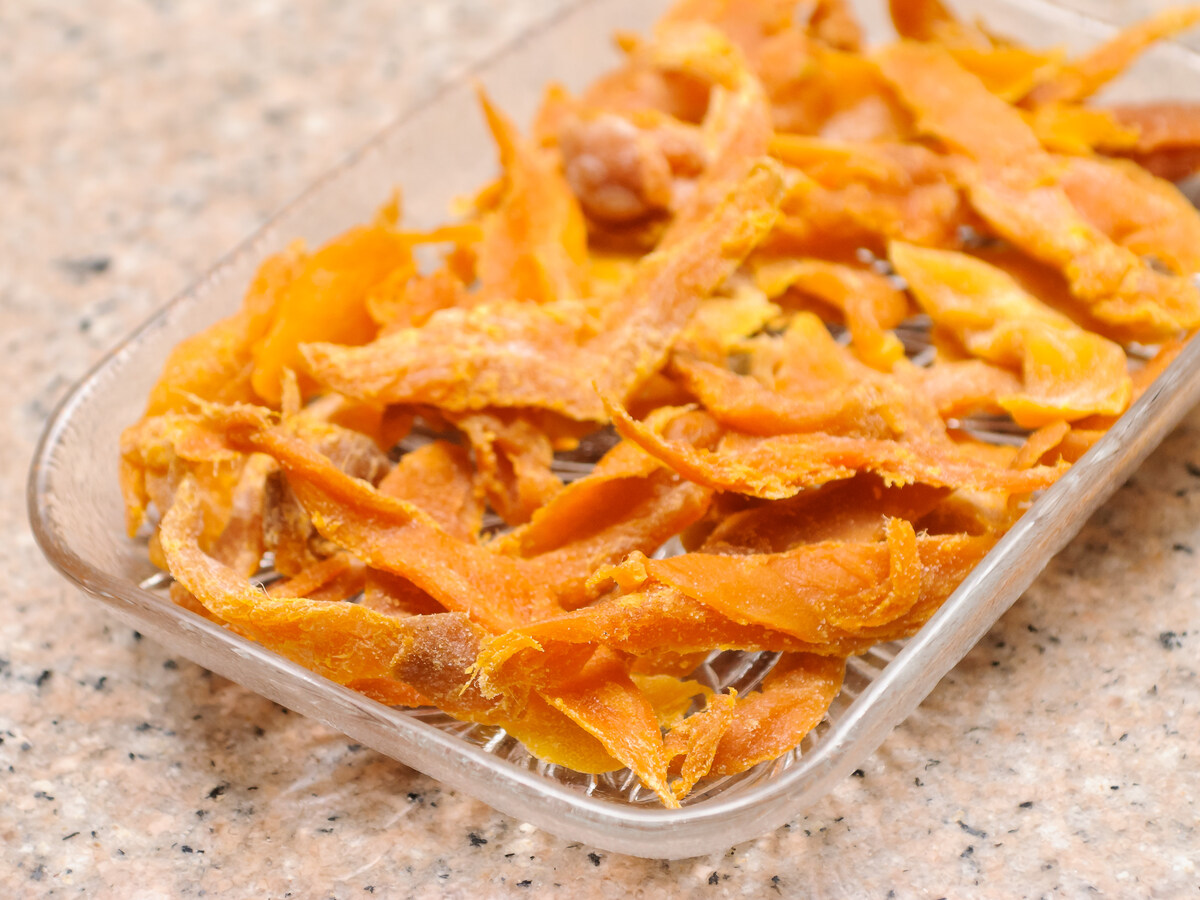

Kitchen Appliances
How Do You Dry Mango In A Dehydrator?
Modified: April 22, 2024
Learn how to dry mango in a dehydrator with our easy guide. Discover the best methods and tips for preserving this delicious fruit at home. Perfect for kitchen appliances enthusiasts!
(Many of the links in this article redirect to a specific reviewed product. Your purchase of these products through affiliate links helps to generate commission for Storables.com, at no extra cost. Learn more)
Introduction
So, you've got a hankering for some delicious dried mangoes. You're in luck! Drying mangoes in a dehydrator is a fantastic way to preserve their sweet, tangy flavor and create a healthy, convenient snack. Whether you're a seasoned dehydrating pro or a newbie to the world of food dehydration, this guide will walk you through the process step by step. By the end, you'll be able to enjoy your homemade dried mangoes and share them with family and friends.
Dried mangoes are not only a tasty treat but also a nutritious snack packed with vitamins, fiber, and antioxidants. They make a great addition to trail mixes, granola, and baked goods. Plus, they're perfect for satisfying your sweet tooth without reaching for unhealthy processed snacks.
In this guide, we'll cover everything you need to know to successfully dry mangoes in a dehydrator. From selecting the right mangoes to storing the finished product, we've got you covered. So, let's dive in and learn how to transform fresh, juicy mangoes into delightful dried snacks!
Key Takeaways:
- Drying mangoes in a dehydrator is a fun and easy way to make a healthy, tasty snack. Choose ripe, firm mangoes, prepare them carefully, and use a dehydrator to enjoy homemade dried mangoes anytime.
- By selecting the right mangoes, preparing them with care, and using a dehydrator, you can create delicious dried mango snacks. Enjoy the sweet, tangy flavor and share your homemade treats with friends and family.
Read more: How To Dry Figs In A Dehydrator
Choosing the Right Mangoes
When it comes to drying mangoes in a dehydrator, selecting the right mangoes is crucial. The best mangoes for drying are ripe but still firm, as overly ripe mangoes can become too soft and mushy during the drying process. Look for mangoes that yield slightly to gentle pressure without being overly soft or bruised.
There are many varieties of mangoes available, each with its own unique flavor profile and texture. Some popular choices for drying include Haden, Ataulfo (also known as Champagne or Honey mangoes), and Kent mangoes. These varieties are known for their sweet, juicy flesh and are widely available in many grocery stores.
If you have access to a local farmer's market or specialty grocer, consider exploring different mango varieties to discover new flavors and textures. Experimenting with different types of mangoes can add an exciting element to your dried mango experience.
When selecting mangoes for drying, consider the following characteristics:
- Color: Look for mangoes with vibrant, unblemished skin. The color of the mango can vary depending on the variety, but avoid mangoes with dull or excessively wrinkled skin.
- Aroma: Ripe mangoes emit a sweet, fragrant aroma near the stem end. Avoid mangoes with little to no scent, as they may not be fully ripe.
- Firmness: Gently squeeze the mango to assess its firmness. A ripe mango should yield slightly to pressure without feeling overly soft or squishy.
- Size: Choose mangoes that are relatively uniform in size, as this can help ensure consistent drying times and results.
Once you've chosen the perfect mangoes for drying, it's time to prepare them for the dehydrator. Properly preparing the mangoes will set the stage for successful drying and delicious results.
Preparing the Mangoes
Before you can start the dehydration process, it’s essential to properly prepare the mangoes. Follow these steps to ensure your mangoes are ready for the dehydrator:
- Wash and Peel: Begin by thoroughly washing the mangoes under running water to remove any dirt or residue. Once clean, use a sharp knife to carefully peel the skin from each mango. The goal is to remove the skin while preserving as much of the fruit as possible.
- Remove the Flesh: With the mango peeled, slice along each side of the large, flat pit to remove the flesh. You can also score the flesh into a grid pattern and then invert it to push the cubes outward, creating easy-to-eat mango chunks. Discard the pit or set it aside for other culinary uses.
- Slice or Cube: Depending on your preference, slice the mango flesh into uniform strips or cubes. Slicing the mango into consistent pieces will help ensure even drying and a uniform finished product. Aim for a thickness of around 1/4 to 3/8 inch, as thinner slices will dry more quickly.
- Optional: Pre-Treatment: While not necessary, some individuals choose to pre-treat mango slices to help preserve their color and flavor. A common pre-treatment method involves briefly soaking the mango slices in a solution of water and lemon juice or citric acid. This can help prevent browning and may enhance the mangoes’ visual appeal.
Once your mangoes are peeled, sliced, and optionally pre-treated, they’re ready to be placed in the dehydrator. Properly preparing the mangoes is a crucial step that sets the stage for successful drying and ensures a high-quality finished product. With the mangoes prepped and ready to go, it’s time to move on to the next phase: using the dehydrator to transform the mango slices into delightful dried snacks.
To dry mango in a dehydrator, slice the fruit into thin, even pieces and arrange them on the dehydrator trays. Set the temperature to 135°F and dry for 8-12 hours, or until the mango is leathery and slightly sticky. Enjoy as a healthy snack!
Using a Dehydrator
Now that your mangoes are prepared, it’s time to harness the power of a dehydrator to transform them into delicious dried snacks. Follow these steps to effectively use a dehydrator for drying mangoes:
- Arrange the Mango Slices: Place the prepared mango slices in a single layer on the dehydrator trays, ensuring that they are not overlapping. This allows for proper air circulation and even drying. If your dehydrator includes non-stick sheets or parchment paper, you can use them to prevent the mango slices from sticking to the trays.
- Set the Temperature: Consult your dehydrator’s manual for the recommended temperature settings for drying fruit. In general, the optimal temperature for drying mangoes ranges from 125°F to 135°F (approximately 51°C to 57°C). This gentle heat helps remove moisture from the mango slices while preserving their natural flavors and nutrients.
- Monitor the Drying Process: Depending on the thickness of the mango slices and the specific dehydrator model, the drying time can vary. Check the mango slices periodically to assess their progress. They are ready when they are pliable yet dry to the touch, with no visible moisture. Thicker slices may require longer drying times than thinner ones.
- Rotate the Trays: To promote even drying, consider rotating the dehydrator trays during the drying process. This helps ensure that all the mango slices dry uniformly, especially if your dehydrator has variations in temperature and airflow across its trays.
- Test for Doneness: To confirm that the mango slices are adequately dried, remove a few pieces from the dehydrator and allow them to cool to room temperature. They should be chewy and leathery, with no moisture in the center. If the slices are overly dry and brittle, they may have been dehydrated for too long.
Using a dehydrator to dry mangoes is a straightforward process that yields delicious results. The gentle heat of the dehydrator removes moisture from the mango slices while intensifying their natural sweetness and flavor. Once the mango slices have reached the desired level of dryness, it’s time to move on to the final step: storing the dried mangoes for future enjoyment.
Storing the Dried Mangoes
After the mango slices have been successfully dried in the dehydrator, proper storage is essential to maintain their quality and flavor. Follow these guidelines to store your dried mangoes effectively:
- Cooling Period: Allow the dried mango slices to cool completely at room temperature before transferring them to storage containers. This helps prevent condensation from forming inside the containers, which could lead to moisture and potential spoilage.
- Choose Storage Containers: Select airtight containers such as glass jars, plastic resealable bags, or food-grade storage containers with secure lids. Properly sealed containers help protect the dried mangoes from exposure to air and moisture, which can compromise their texture and flavor over time.
- Avoid Moisture: To further safeguard the dried mangoes, consider adding a desiccant packet or a small amount of food-grade silica gel to the storage containers. These moisture-absorbing agents help maintain the dryness of the mango slices and extend their shelf life.
- Store in a Cool, Dark Place: Keep the sealed containers of dried mangoes in a cool, dark pantry or cupboard. Exposure to light and heat can accelerate the degradation of the dried fruit, so it’s best to store them away from direct sunlight and sources of warmth.
- Check for Moisture: Periodically inspect the stored dried mangoes for any signs of moisture or spoilage. If you notice any condensation inside the containers or detect an off odor, it may indicate that the mango slices have absorbed moisture and should be consumed promptly.
By following these storage practices, you can prolong the shelf life of your dried mangoes and ensure that they remain flavorful and enjoyable for an extended period. Properly stored dried mangoes can maintain their quality for several months, making them a convenient and delicious snack to have on hand for any occasion.
Now that you’ve mastered the art of drying and storing mangoes, you can savor the delightful flavor of homemade dried mangoes whenever the craving strikes. Whether enjoyed on their own or incorporated into recipes, your homemade dried mangoes are sure to be a hit with family and friends.
Read more: How To Dry Mushrooms In A Dehydrator
Conclusion
Congratulations! You’ve unlocked the secrets to drying mangoes in a dehydrator and have embarked on a flavorful journey from fresh fruit to delightful dried snacks. By carefully selecting ripe mangoes, preparing them with precision, harnessing the power of a dehydrator, and storing the finished product thoughtfully, you’ve mastered the art of creating homemade dried mangoes.
As you reflect on your newfound dehydrating expertise, consider the countless ways in which your homemade dried mangoes can be enjoyed. Whether sprinkled over yogurt, incorporated into baked goods, or simply savored on their own, these nutrient-packed treats are versatile and delicious.
Furthermore, by drying mangoes at home, you’ve taken a step towards reducing food waste and embracing a more sustainable approach to enjoying seasonal produce year-round. Instead of letting ripe mangoes go to waste, you’ve transformed them into a shelf-stable snack that can be enjoyed at any time.
As you share your homemade dried mangoes with friends and family, consider the pride that comes with offering a wholesome, homemade treat. Your efforts in drying mangoes have not only yielded a delicious snack but also sparked conversations about the joys of homemade food and the art of preservation.
Remember, the skills you’ve acquired in drying mangoes can be applied to a variety of fruits, opening the door to a world of dehydrated delights. From apples and bananas to strawberries and pineapples, the possibilities are endless, and your dehydrator stands ready to bring them to fruition.
So, as you savor the sweet, tangy flavor of your homemade dried mangoes, take a moment to appreciate the journey that has led you to this delightful outcome. Your dedication to mastering the art of dehydrating mangoes has resulted in a flavorful reward that can be enjoyed for months to come.
Now, armed with the knowledge and skills to dry mangoes in a dehydrator, you’re prepared to embark on new culinary adventures and continue exploring the world of homemade, wholesome snacks. So, go ahead, savor the fruits of your labor, and relish the satisfaction of knowing that you can create delicious dried mangoes whenever the craving strikes.
Frequently Asked Questions about How Do You Dry Mango In A Dehydrator?
Was this page helpful?
At Storables.com, we guarantee accurate and reliable information. Our content, validated by Expert Board Contributors, is crafted following stringent Editorial Policies. We're committed to providing you with well-researched, expert-backed insights for all your informational needs.
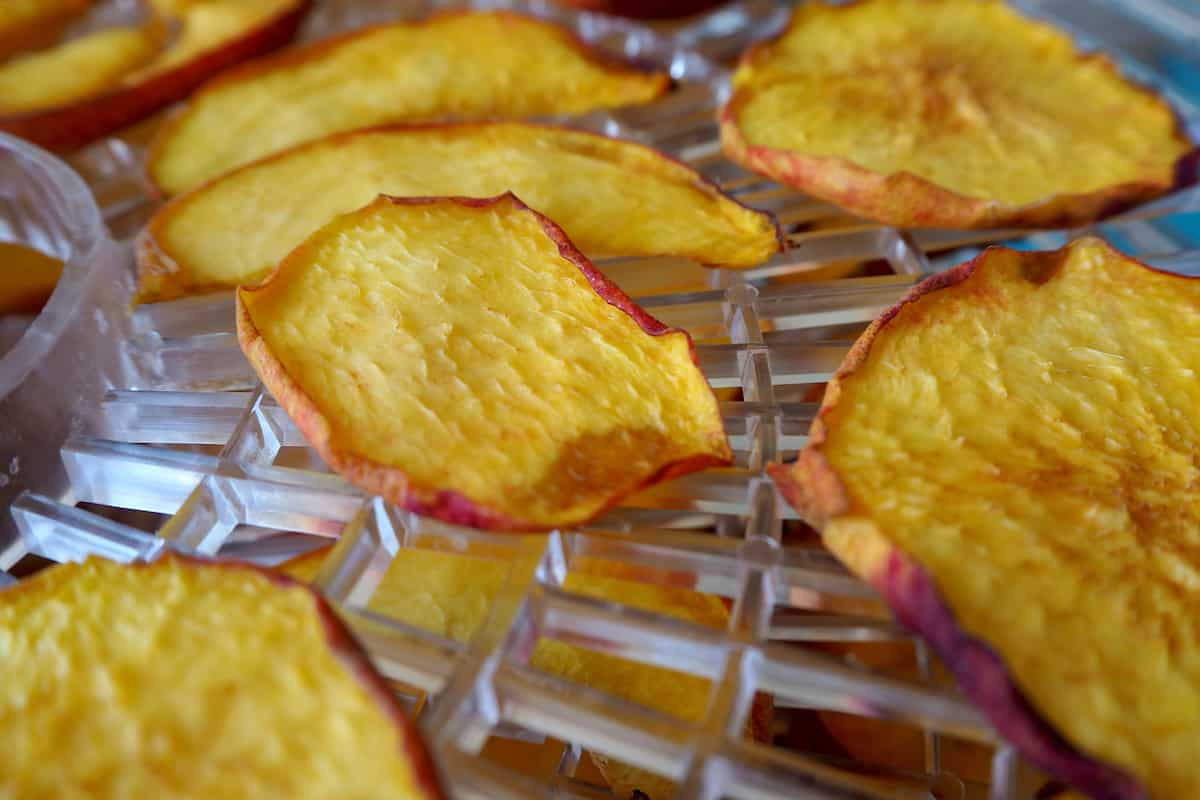
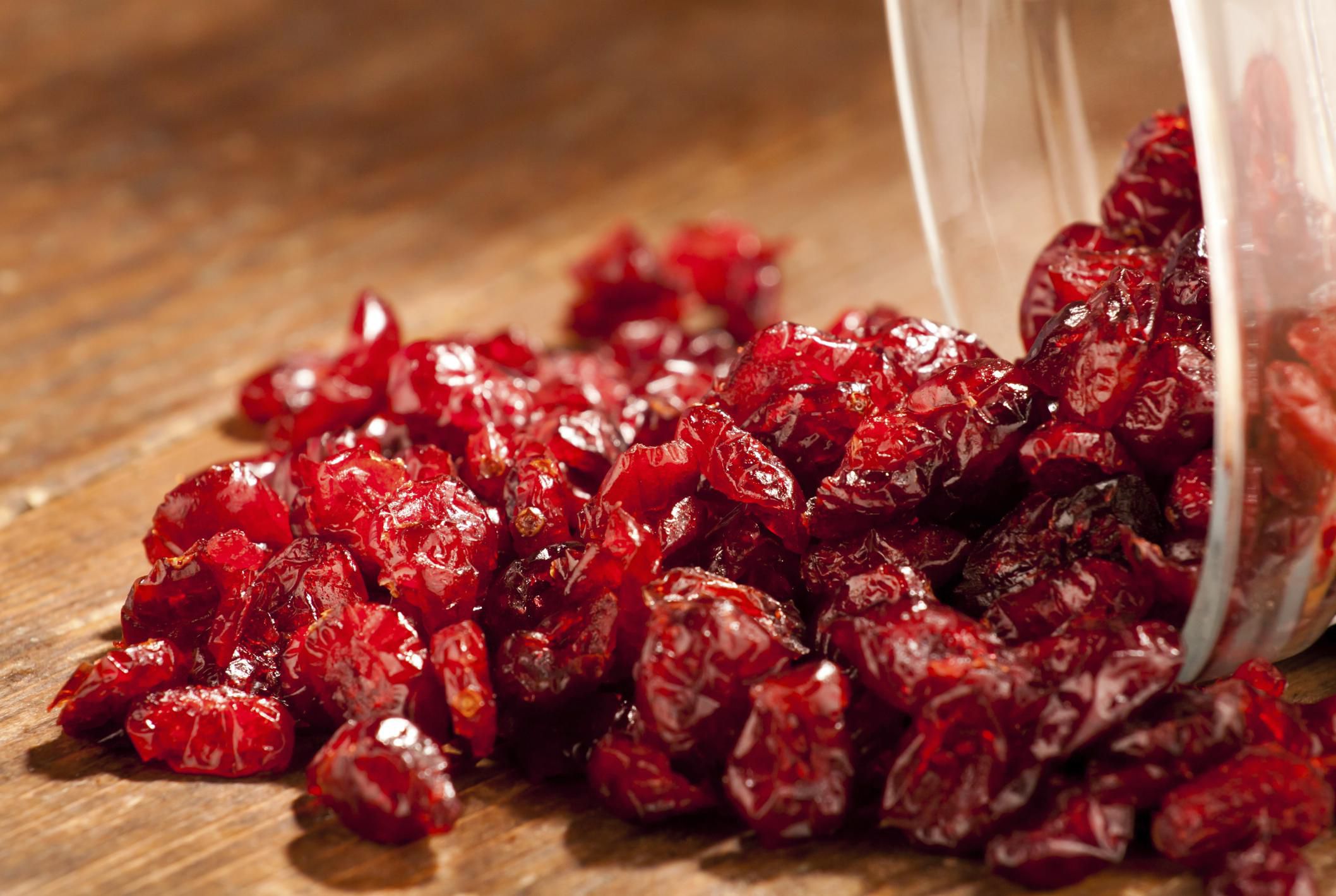
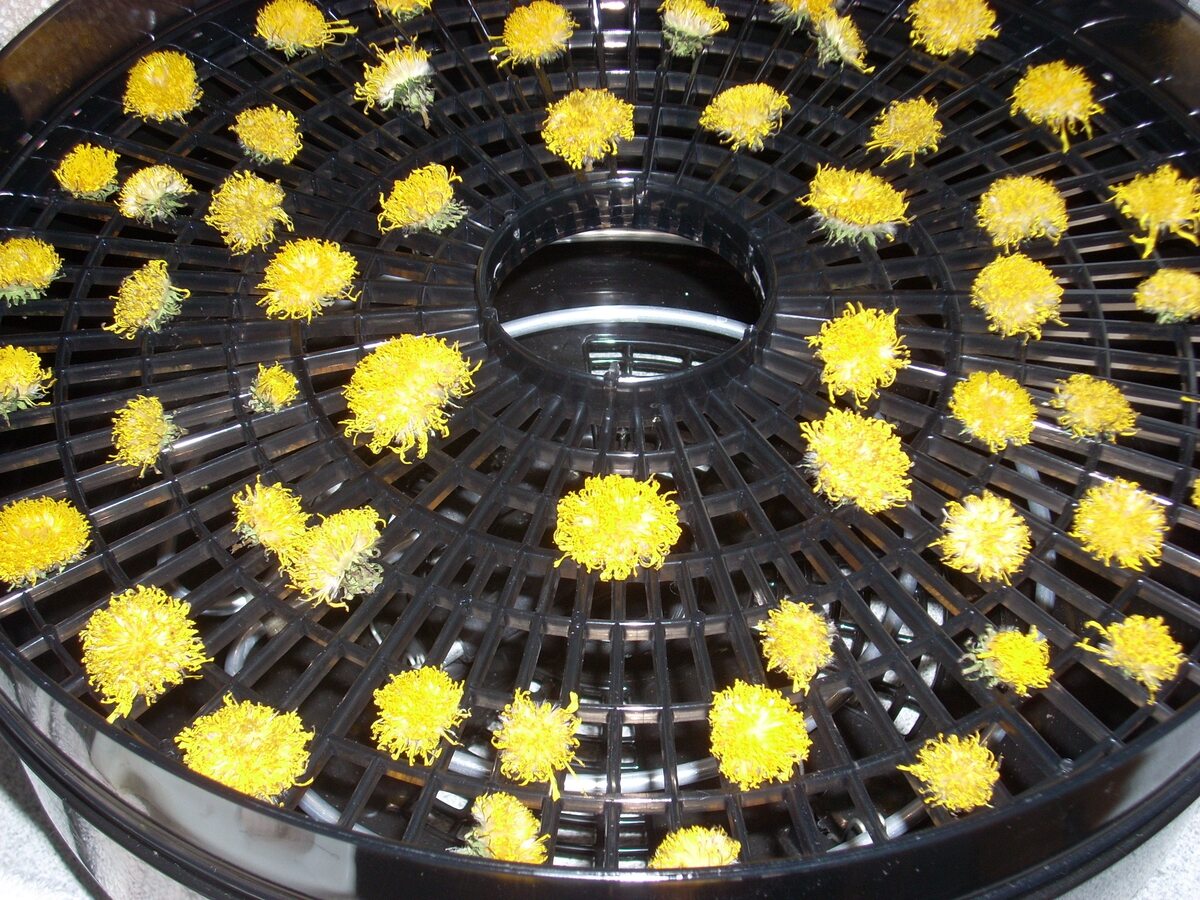
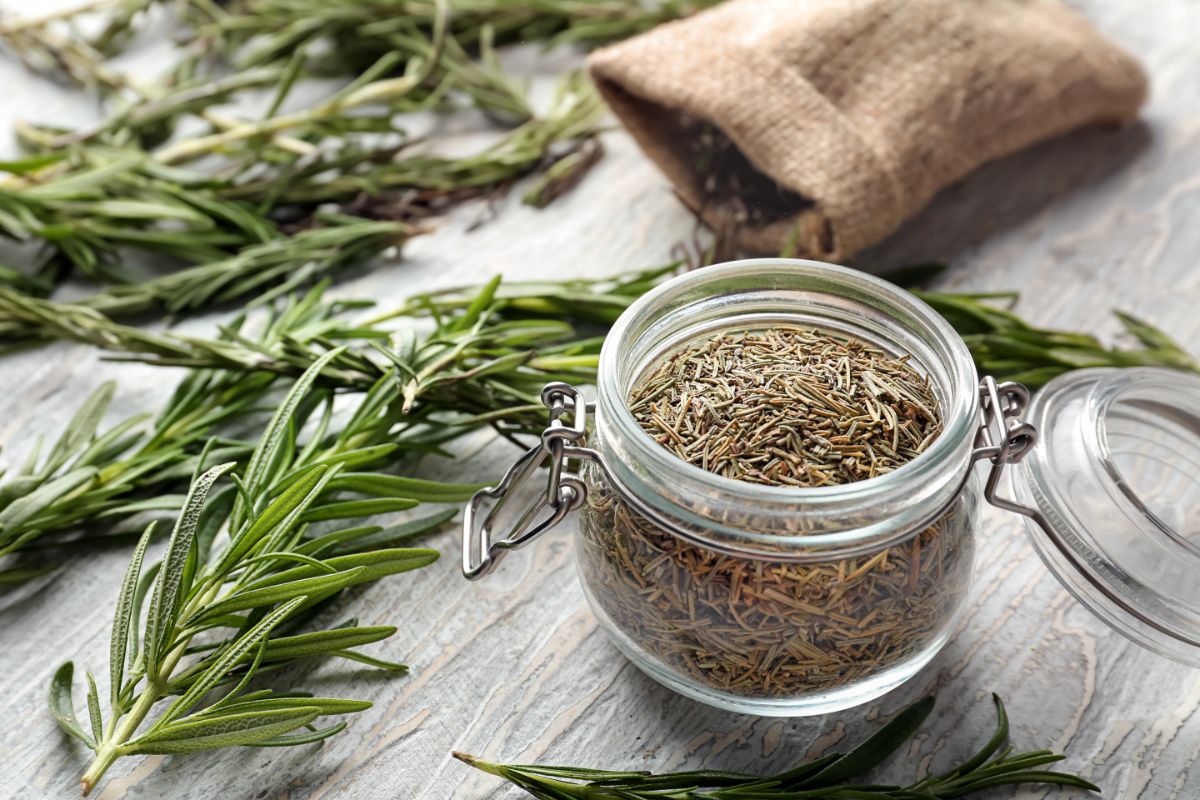
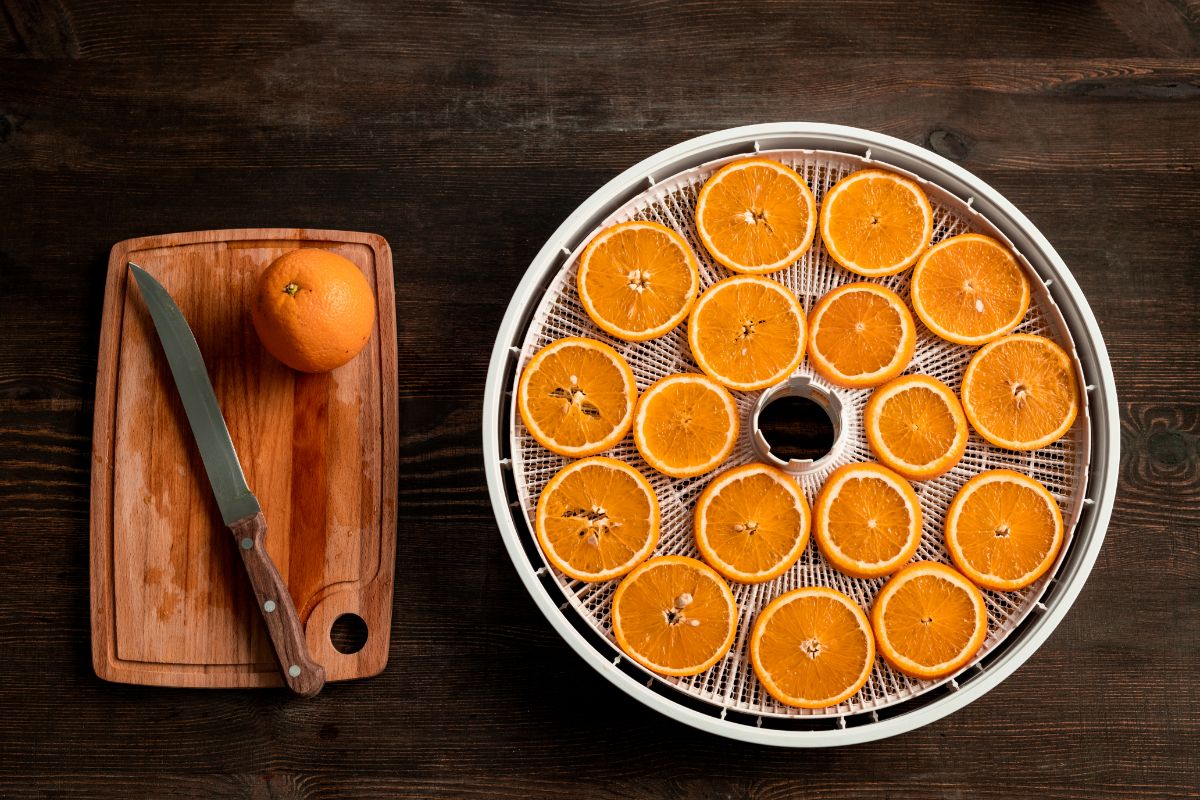
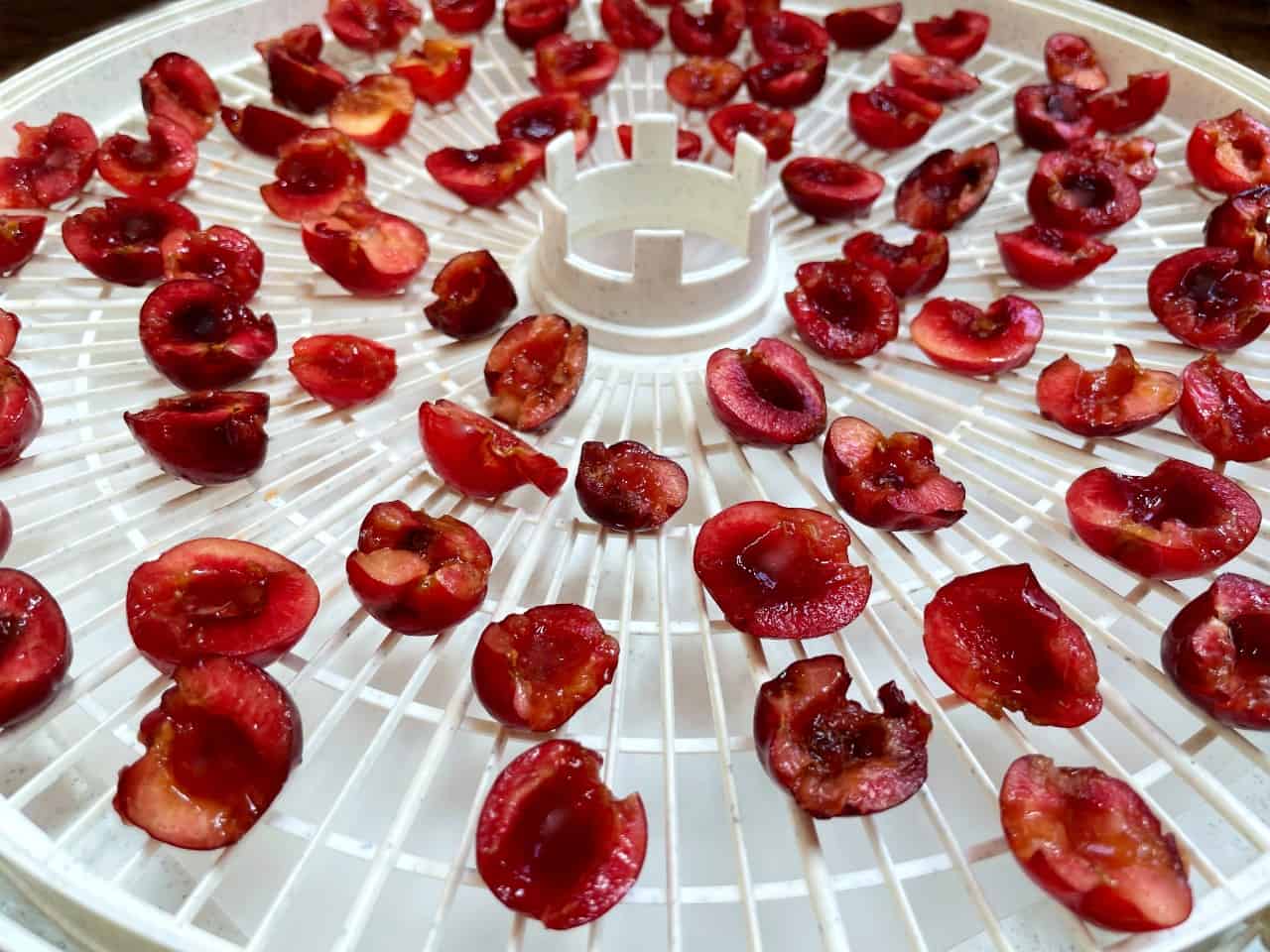
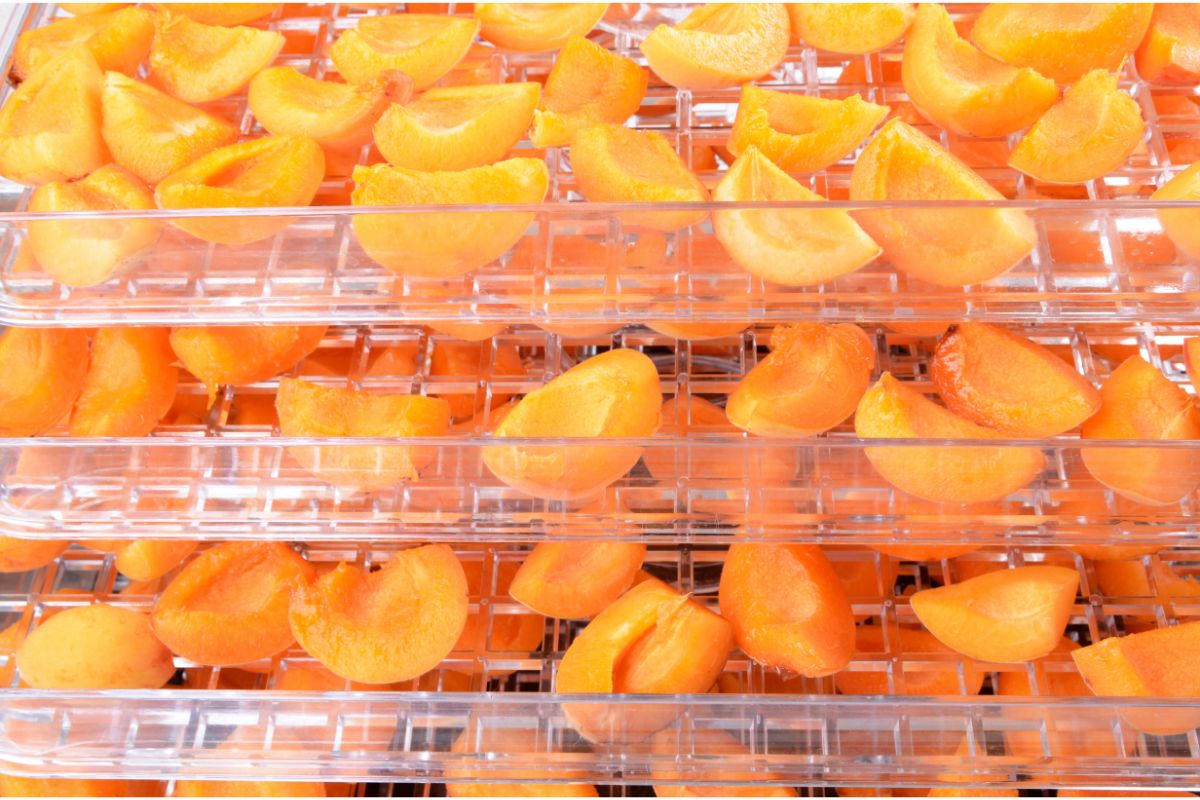
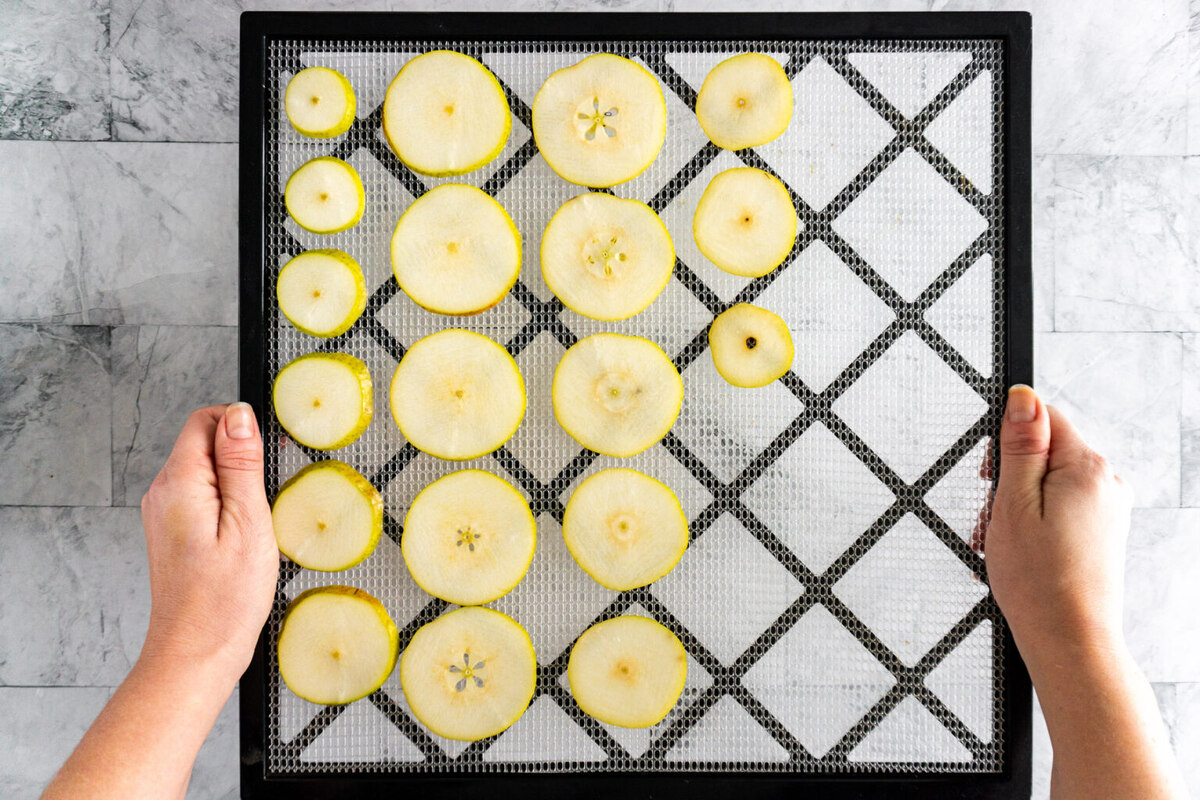
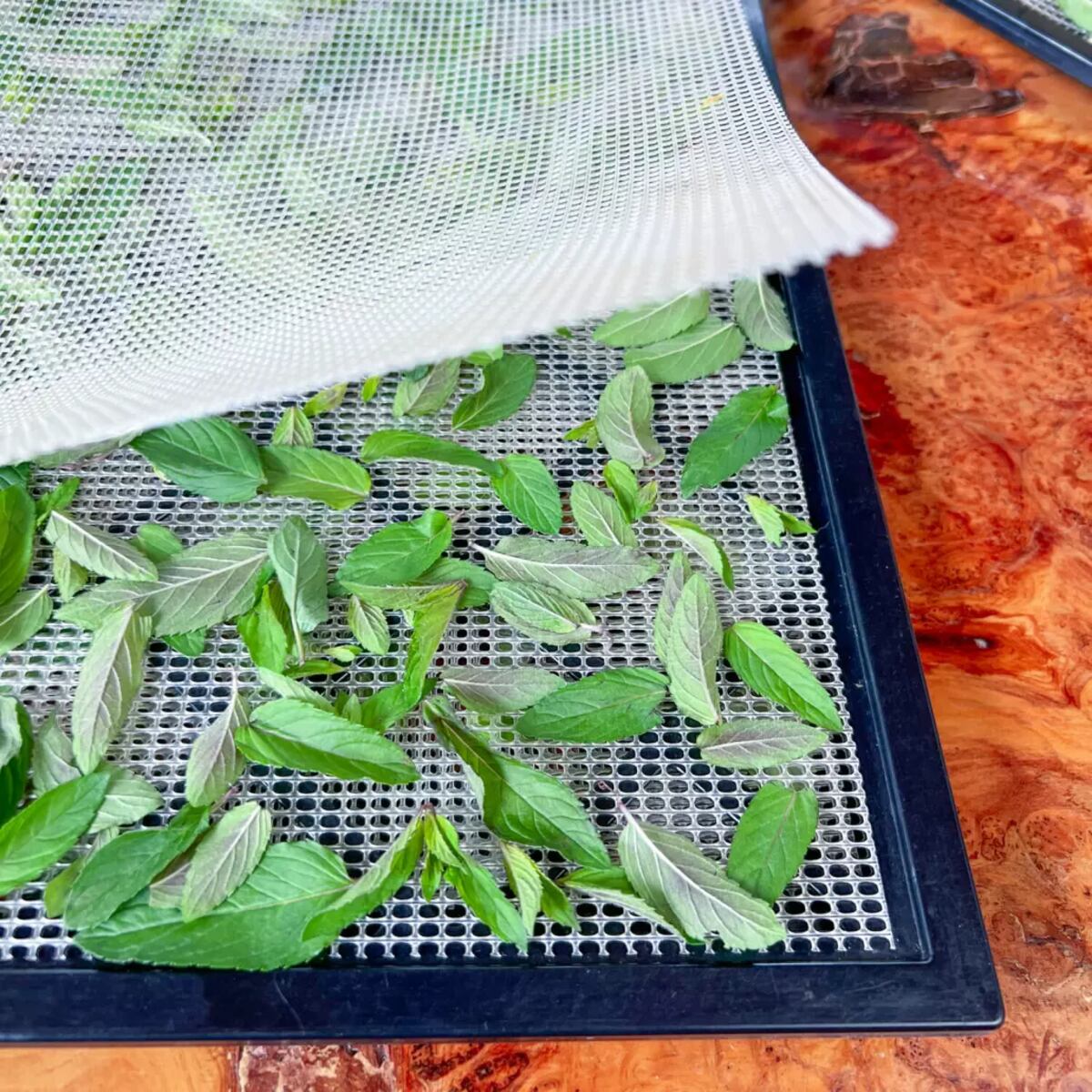
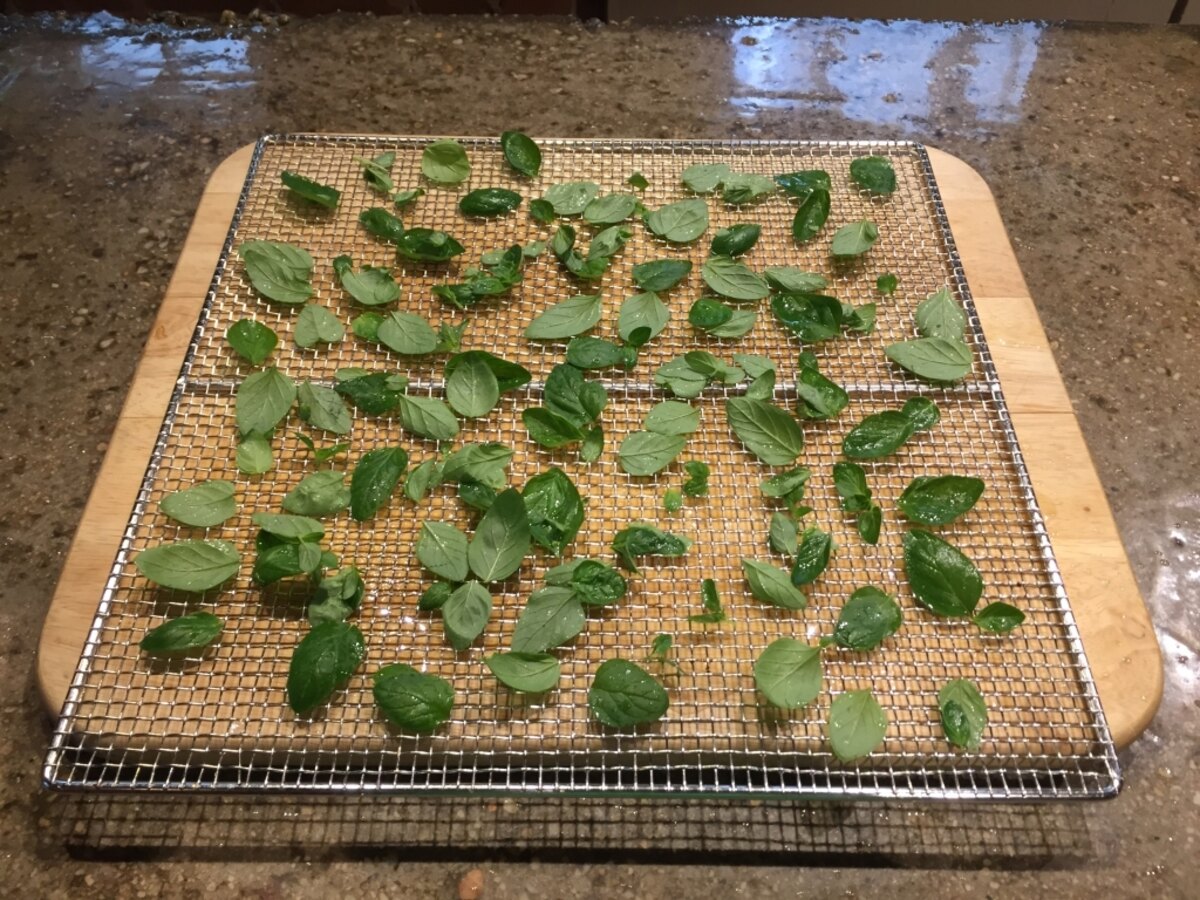
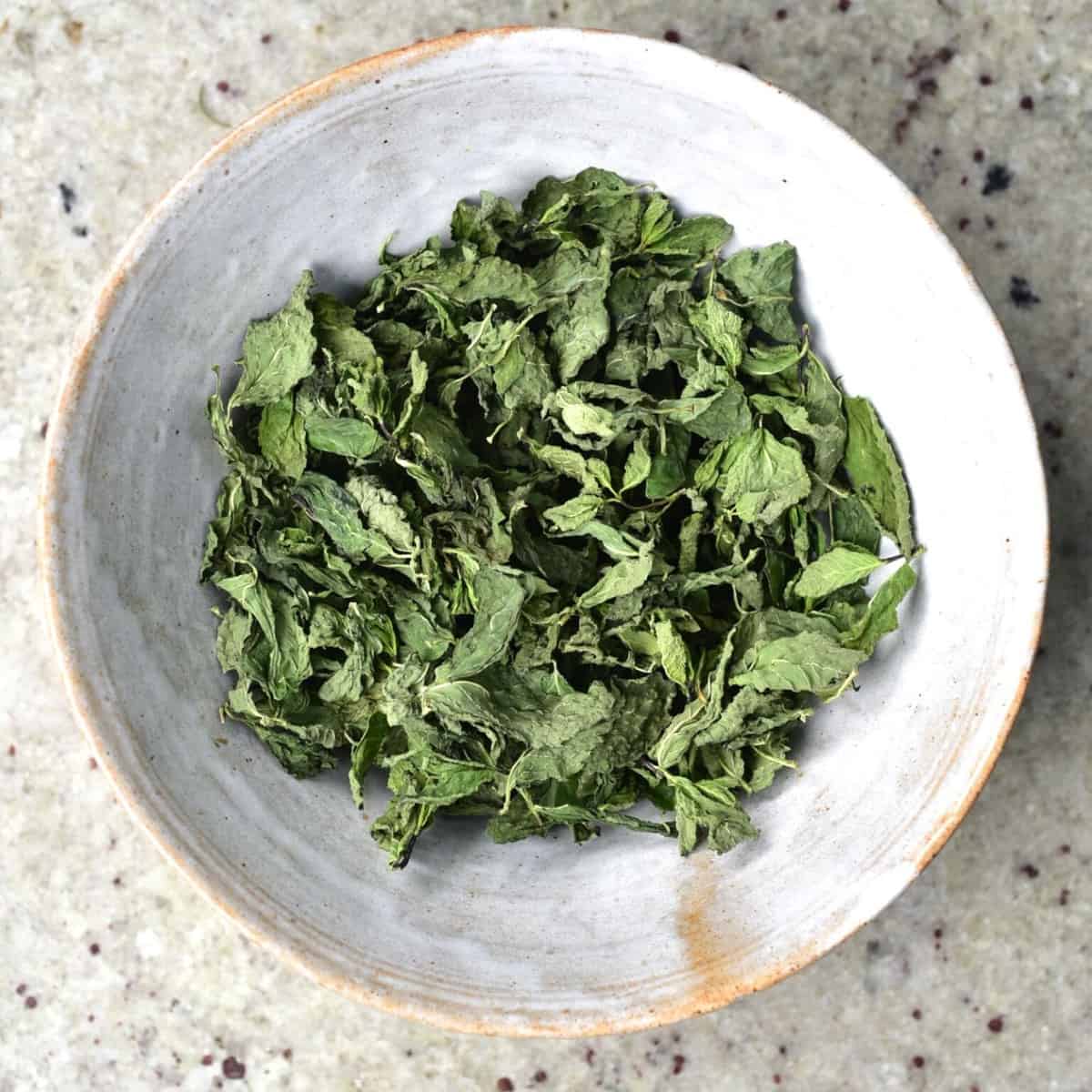
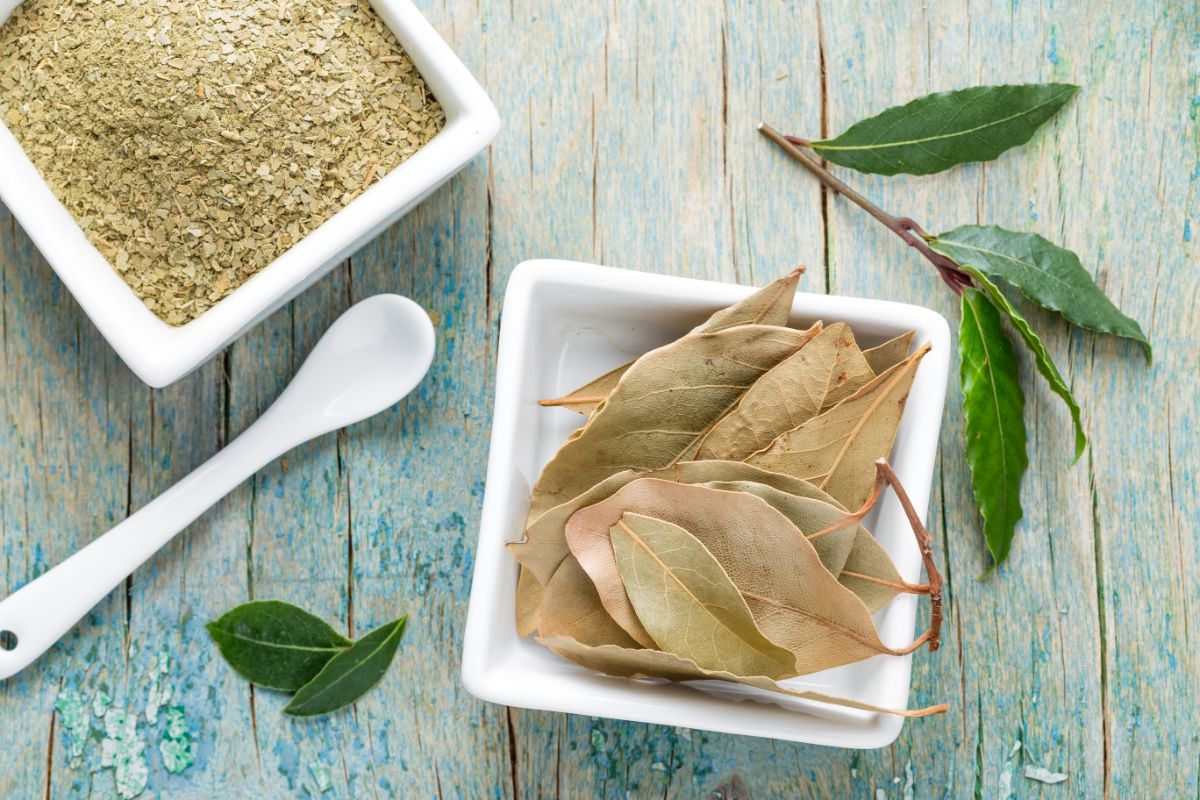
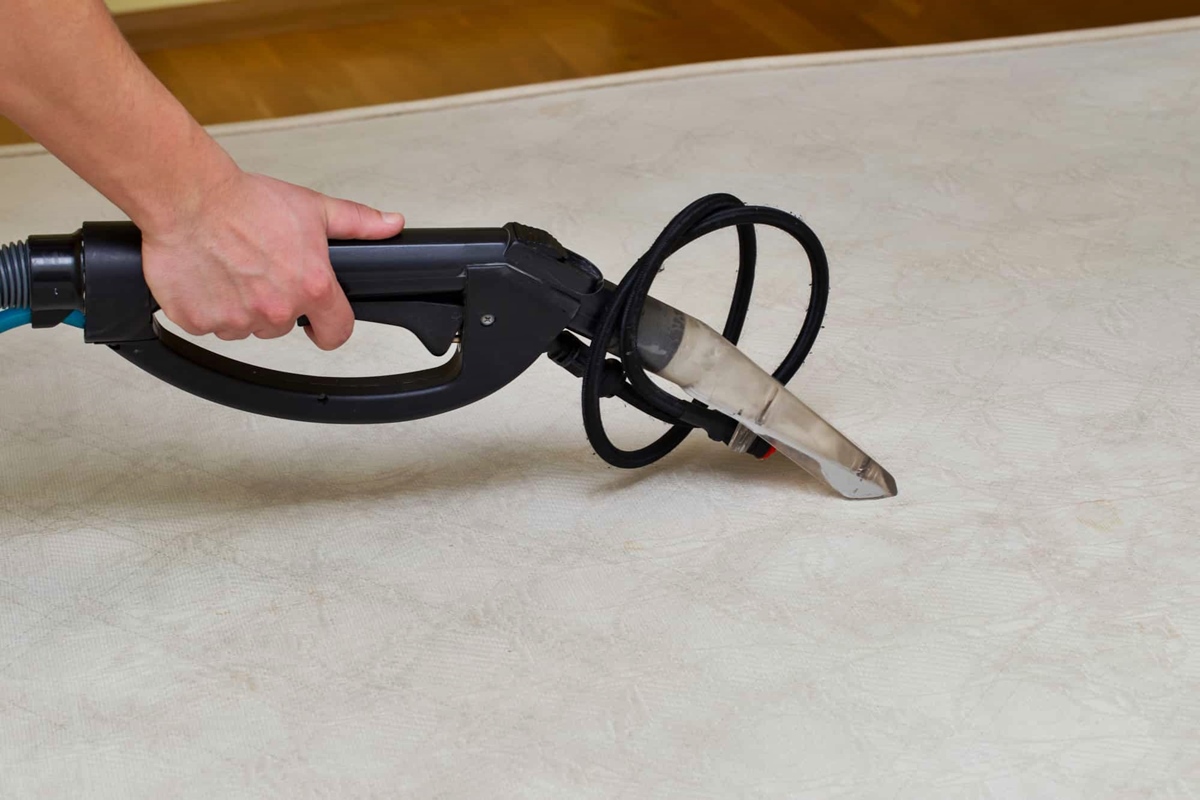
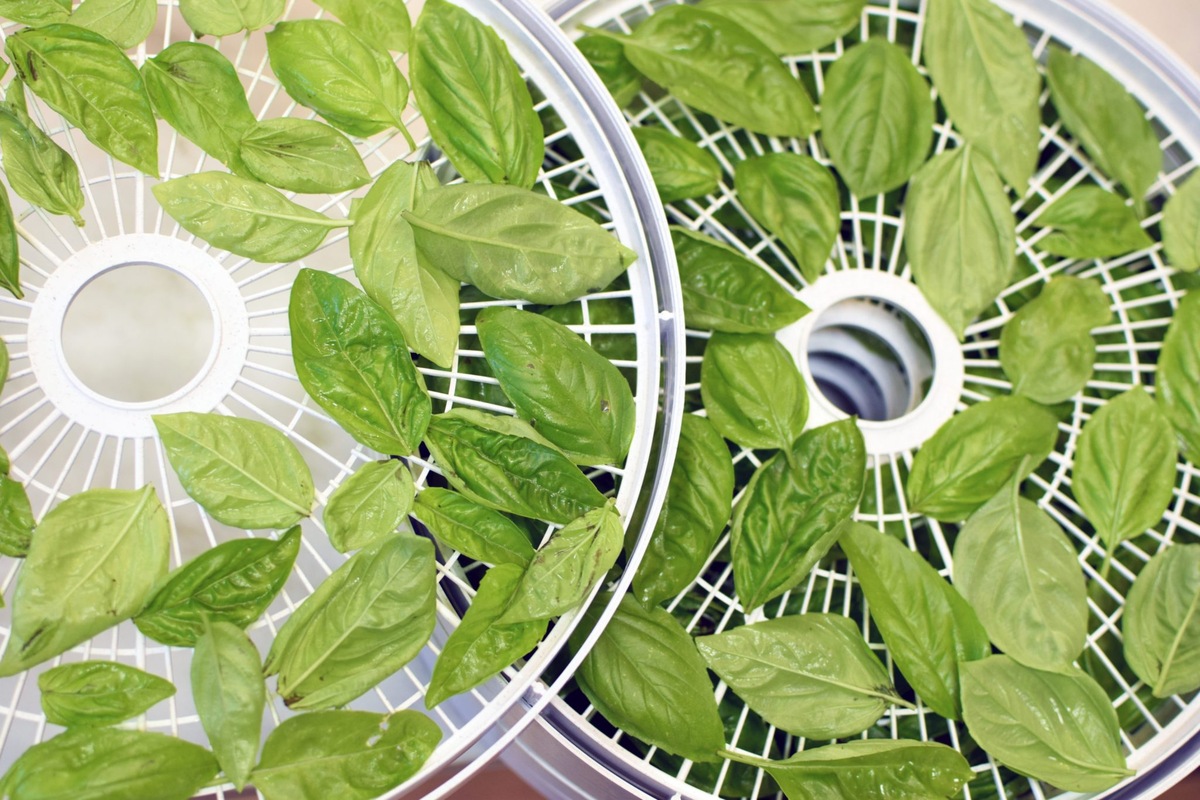

0 thoughts on “How Do You Dry Mango In A Dehydrator?”